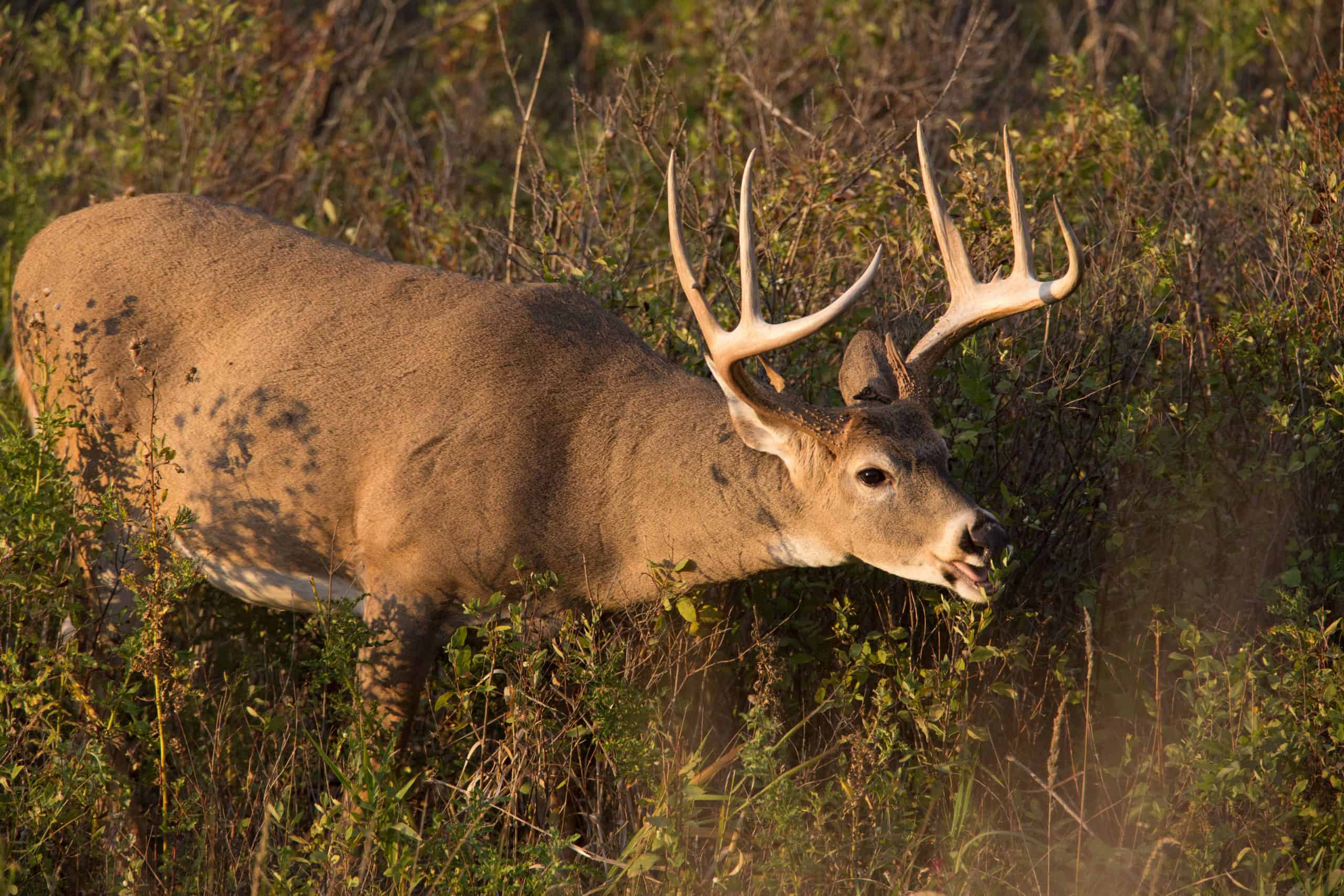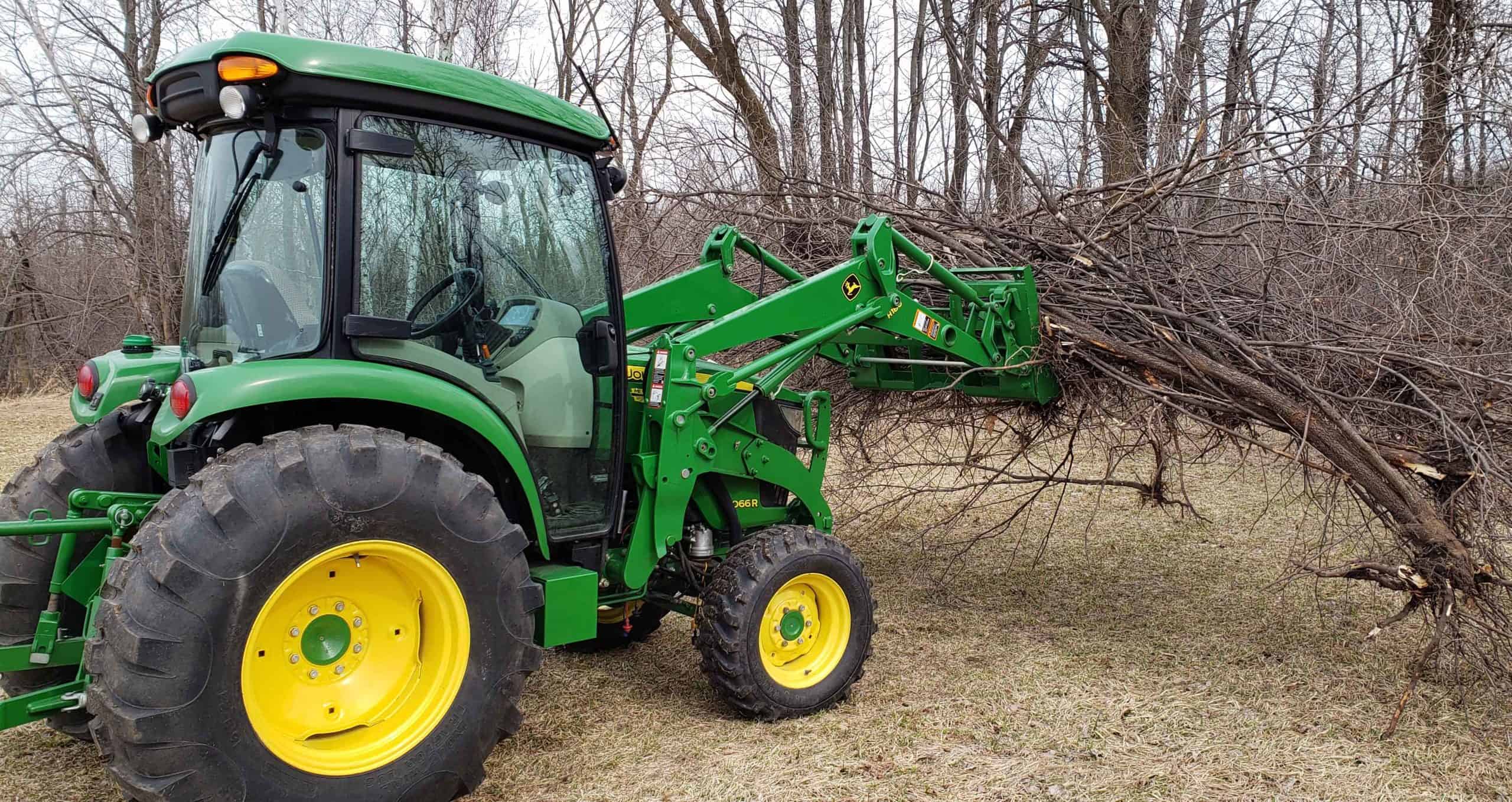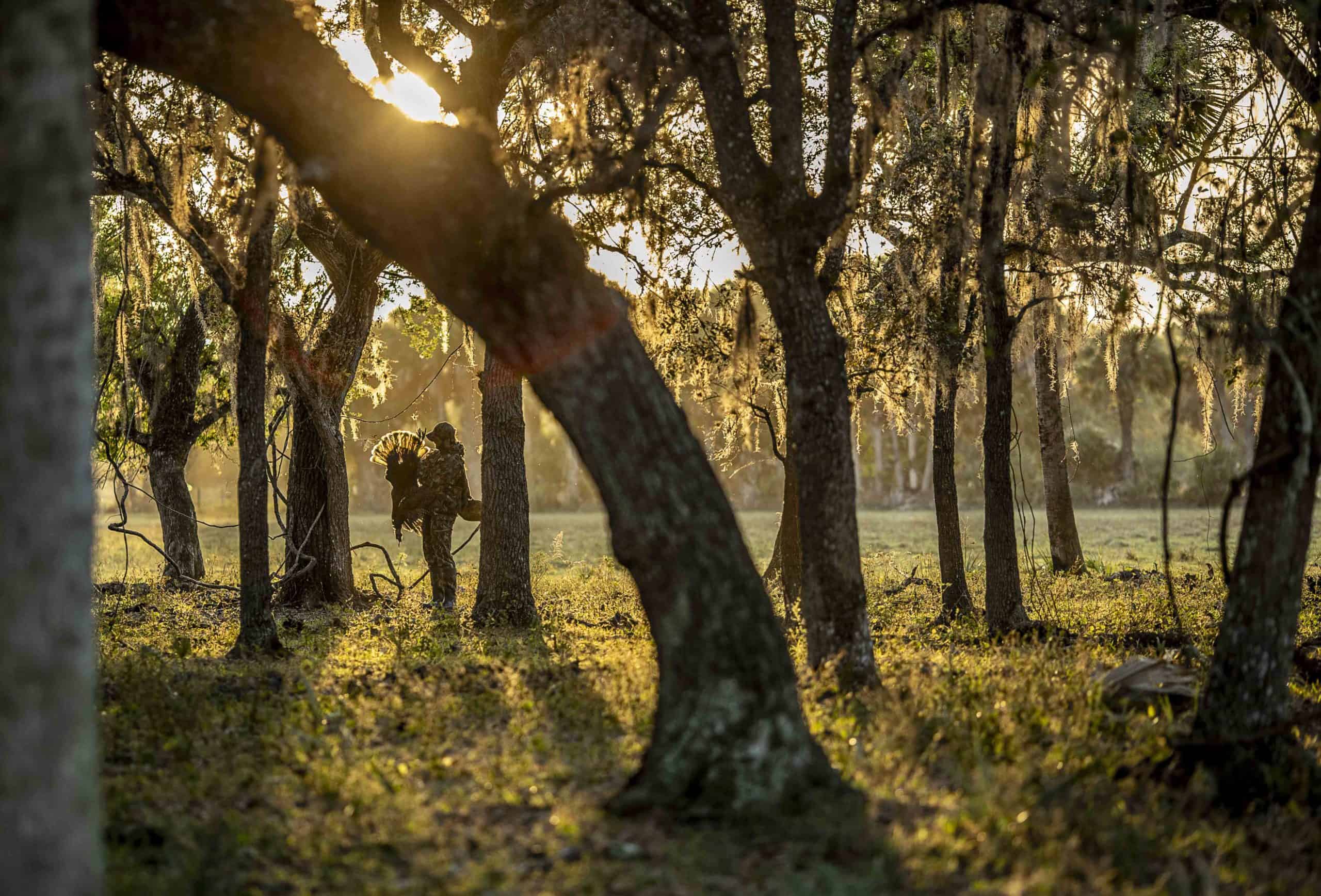
Managing woodlands and other types of habitat for wildlife benefits a variety of species, including whitetail deer. USFWS image
By Dan Johnson
Woodlands provide habitat for whitetail deer and a variety of other wildlife. Whether you own or lease land, or have the ability to help someone who does, the following tips to improve woodland wildlife habitat can help you master the art of forest management. Use them to help wildlife populations in your area and maximize opportunities for hunting and wildlife watching.
1. Make A Plan
Efficient and effective wildlife habitat management starts with a plan. Start by assessing the property’s potential and identifying what you’d like to achieve. Be sure to pencil in goals such as “attract more whitetail deer to my property” or “provide food and cover for wild turkeys.”
For assistance, reach out to your state wildlife agency, the Natural Resources Conservation Service and other state, local and federal sources of technical support. Then identify realistic steps to improve the habitat and achieve your goals. The Union Sportsmen’s Alliance’s friends at Mossy Oak also offer a variety of helpful tips. CLICK HERE to check them out.

Brush piles are easy to make and benefit a variety of wildlife species.
2. Brush Up The Habitat
Brush piles provide excellent cover for a variety of wildlife, including cottontail rabbits, chipmunks, wild turkeys, pheasants and a number of songbirds. Properly designed and placed piles provide sanctuary from predators such as hawks, owls and coyotes.
Placing two to four brush piles per acre within woodlots—especially near field edges, draws and trails—can make a big difference. They don’t have to be mountains of brush, shoot for 12 to 15 feet in diameter and 4 to 6 feet high.
To build a better brush pile, crisscross logs and large branches to form a base, then add increasingly smaller diameter woody cover before topping it all off with a layer of twigs and small branches until you can’t see into the interior. Tip: Create a “living” brush pile by cutting partway through the trunk of a small evergreen or broad-leaved tree and pushing it over.

Selectively removing mature trees makes habitat more attractive to wild turkeys and numerous other types of wildlife. Mossy Oak image
3. Let Some Light In
Opening the forest canopy allows more sunlight to reach the ground, sparking the natural growth of food-producing shrubs, grasses and tree seedlings in the understory.
There are a variety of ways to go about it. One is to clear-cut select areas to create small clearings. One way to boost food and cover in a mature forest without taking everything down is to remove 40 to 60 percent of the trees. Known as “shelterwood cutting,” the practice also works well when you want to plant trees, shrubs or other vegetation in a wooded area without creating a clearing.
To pull it off, choose the trees you’d like to leave for food production, nesting or seed, then remove the rest. Tip: In regenerative plantings, it’s common practice to remove most of the remaining trees in five or 10 years, to let the new growth enjoy full sunlight.
4. #SaveTheSnags
Thinning trees can be beneficial, but don’t cut down all the dead trees or “snags”—or remove all the fallen trees. Many species of wildlife use them for dens, roosting, nesting and foraging.
Wildlife-friendly forest managers recommend leaving three to five standing dead trees per acre, plus a few dead downed trees for additional habitat. If your woods lack such cover, consider creating it by deadening a few large trees by girdling or applying herbicide. That being said, remove any dead trees that pose a risk of falling on a building or area commonly used by people.

Heavy-duty Carhartt work gloves and other protective apparel are must-haves when operating chainsaws and other tools and machinery.
5. Dress For Success—And Safety
When operating chainsaws and other tools and machinery, wear all recommended personal protective equipment and work wear to keep you safe. Depending on the task and tools, must-have safety gear might include a hard hat, leg chaps, leather gloves, face and eye protection, hearing protection and steel-toed footwear.
Durable outerwear is also a must. Clothing should fit well and not dangle or have ragged edges that can get caught on limbs or the chainsaw. USA partner Carhartt makes a variety of boots and clothing perfect for adventures in wildlife management. For example, the company’s lineup of heavy-duty work gloves offers heavy-duty handwear for just about any job in the woods.
Additional Conservation Opportunities
If you’d like to get involved in conservation projects, or have ideas for a project in your area, the Union Sportsmen’s Alliance would love to help.
“We’re always on the lookout for fish and wildlife conservation projects and outreach opportunities of all sizes for our Work Boots on the Ground program,” explains USA Conservation Manager Rob Stroede. “If you have an idea for a project, or would like to volunteer in one, please let us know at [email protected].”
And remember, there are still opportunities to get involved during the COVID-19 crisis through the USA’s Persevere and Volunteer campaign.



